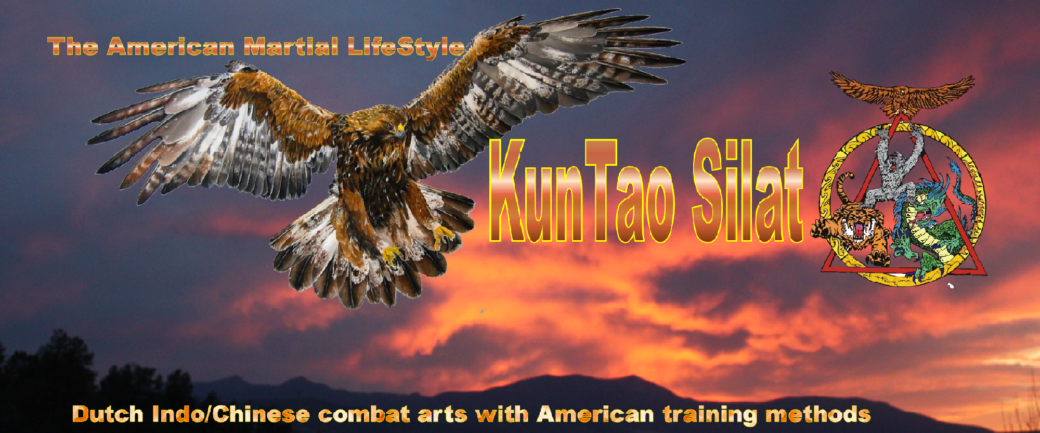https://www.kbtx.com/2022/08/08/graphic-smoke-shop-owner-fights-back-stabs-attempted-robber/
I would think it’s safe to assume that everyone who practices martial arts, even those only interested in health, performance, or culture, still occasionally have the “hero” daydream. Faced with no way out they apply their training to an aggressor. Often the outcome of these mental scenarios is based largely on assumptions drawn not from real world experiences, but from how television, cinema, and video games present the “reality” of a fight.
As a result, there are a lot of unrealistic expectations out there when we start discussing real world applications. This is avast and complex subject, but today I want to point out a VITALLY important piece of information that most martial artists I meet have never heard of: the Dead Man’s Ten.
I was first introduced to this concept as a naive teenage black belt by an ex corrections officer with dozens of altercations under his much grayer black belt(s).
Basically, due to the effects of adrenaline on the body, even a man who is shot through the heart may continue to fight for up to ten seconds before his brain shuts off. Those of you who hunt are likely quite familiar with this phenomenon; but have you considered how the human body responds to trauma?
Allegedly the expression, “Dead Man’s Ten,” dates back to the American West, where the advances in firearms technology led to increased prominence in close quarters gun battles. And unlike your favorite 90s action flick, the bad guy does not immediately drop when receiving lethal force. Even head shots are not a “guarantee:” I was told a rather graphic story by a former Red Beret about an incident where a bullet ricocheted off the forehead of a target and traced along his scalp while he continued to advance (perhaps it is no coincidence I was blessed to be put in my place by these tough vets when I was as young as I was).
My purpose in relaying this information is to inspire the proper respect for a real life altercation, especially when weapons are involved.
The news story I’ve attached above is graphic, so consider this your warning. Go and watch it if you haven’t.
Now, let’s look at a few details about this use of force incident.
First, I have to assume that the store owner has some level of training and/or real world experience, as it is surprising how precise and deliberate his movements are. This was not the panicked response of an amateur.
Next, let us note that he stabbed the robber seven times. The first three stabs are in the left upper shoulder/neck area. After the third stab the robber still has the wherewithal to punch the store owner in the head, yet the owner is undeterred and delivers four more stabs to the ribs, left leg, and right shoulder of the robber as he turns to run. At this point shock appears to be setting in and as the robber slumps the shop owner catches him in a chokehold position with his knife free, and drags the man down. The robber is screaming at this point. The whole incident is just under Ten Seconds.
That means that after three stabs the robber still had the adrenaline to land a punch. Had he been holding a weapon of any type, the store owner may himself have been seriously injured or incapacitated, changing or stopping his follow ups. As it was, the punch seems to have been ineffective. But the fact remains that the robber, despite three critical wounds, was fighting back. It still took four more wounds to stop the man totally.
I have seen it noted that KunTao Silat (and many other “old” martial arts) engage in “overkill.” The attacker is countered with so much force and intended trauma that from the perspective of modern law the grounds of self defense can become hazy depending on your zip code and the circumstances of your incident. Yet, when we recognize the Dead Man’s Ten, we start to understand why so many of the “old” martial arts default to a strategy of “overkill.” In a violent world, giving the enemy any chance could forfeit you your life, even if you are “winning.” This is also why it can be difficult to “pressure test” certain movements, because if you do them with sufficient force to alter your partner, it could already be too much (although there are certainly ways around this problem).
In “old” Japanese martial arts, there is a saying, “Don’t get killed by a dead man.” As long as he is breathing, he can still hurt you on the way out. This is why Japanese warriors observed Zanshin: remaining alert to an enemy and your surroundings even after he is seemingly defeated.
This also illustrates why KunTao Silat places a premium on sending your enemy to the floor: hopefully the impact renders him combat ineffective, but even if he is thrashing he’s in a position of disadvantage that gives you options.
I am writing this not to inspire bloodlust or encourage you to kill an attacker, but rather to impose the seriousness of the subject of violence into your understanding of your training. When you think about how much suffering led to the development of the life saving methods in KunTao Silat, or of any martial art, I hope it gives you some pause.
Dr Jon
Discover more from KunTao Silat
Subscribe to get the latest posts sent to your email.

No comments yet.